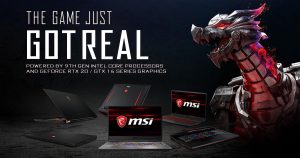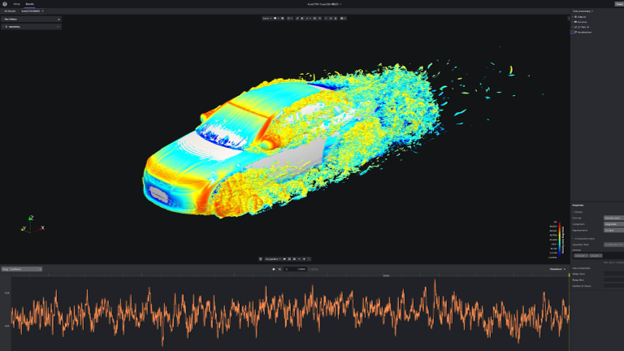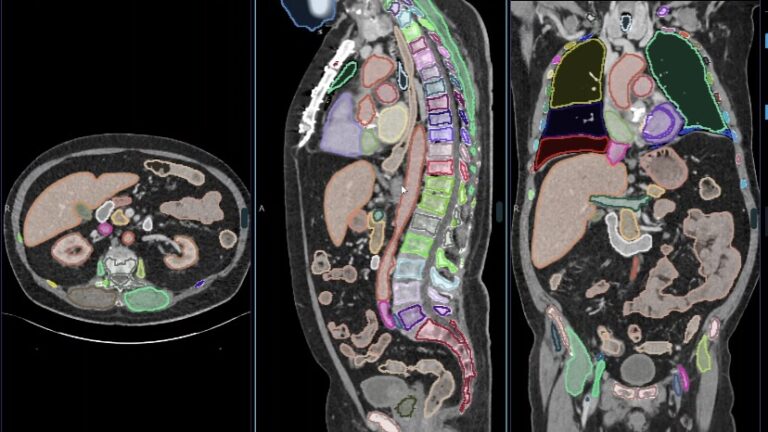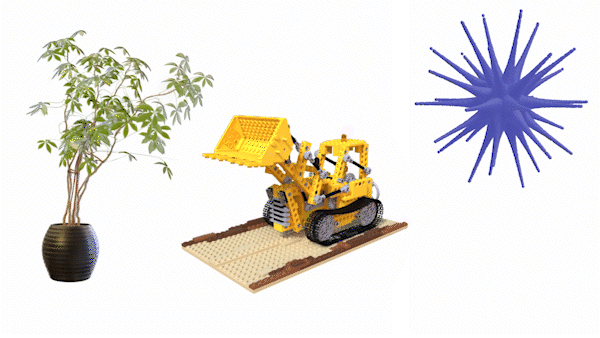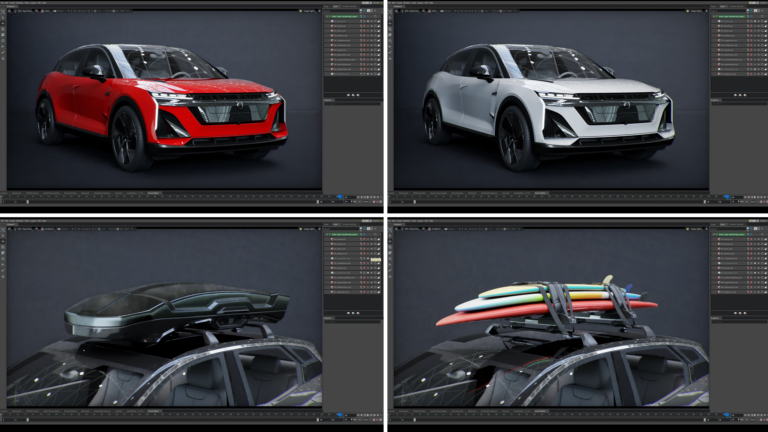The NVIDIA Jetson Orin Nano Developer Kit reveal at GTC 2023 introduces a new mid-range monster to the Jetson lineup. Looky here:
Introduction
This new addition to the Jetson lineup complements and completes the product range.

At the entry level, we have the original Jetson Nano Dev Kit. At the top end, we have the Jetson AGX Orin Kit. In the middle, what is most likely the sweet spot, is the new Jetson Orin Nano Dev Kit. Even though it has the name Nano in the title, to me this feels much more like a Jetson Xavier NX Dev Kit replacement.
Some people make a comparison to the older Jetson Nano and claim an impressive 80-fold increase in performance. They’re right of course. Remember that the Jetson Nano (Tegra X1 processor) was first introduced in 2015. That’s forever and a day ago in computer time. Two more chip generations have come and gone since then. Jetson TX2 (2017) and Jetson Xavier (2019).
On the other hand, we expect that the Tegra Orin chip fabricated with a 7nm process would perform better than a 20nm process TX1. Or maybe that’s just me. For our purposes here, we’ll compare it against the Jetson Xavier NX.
The price for the Jetson Orin Devkit is $499 USD ( $399 with EDU discount through NVIDIA). One interesting point is that both the TX1 and TX2 were $599 at introduction. The Xavier NX was $399. The Orin Nano is certainly in the ballpark price wise in comparison.
Specifications
Looking at the Orin Nanos big brother, the AGX Orin Developer Kit, we see a good number of similarities. The Orin Nano Devkit is broken down into two major parts.
Jetson Orin Nano Module
The Jetson Module which has the compute components, and the reference carrier board. Let’s take a look at the major specs of the Jetson module:
| MODULE | NVIDIA Jetson Orin Nano 8 GB Module |
| GPU | NVIDIA Ampere architecture with 1024 NVIDIA CUDA Cores and 32 3rd Generation Tensor Cores |
| CPU | 6-core Arm Cortex-A78AE v8.2 64-bit CPU 1.5 MB L2 + 4 MB L3 |
| Memory | 8 GB 128-bit LPDDR5 68 GB/s |
| Storage | External through microSD slot External NVMe through M.2 Key M |
| Power | 7 W to 15 W |
Comparing the AGX Orin and Orin Nano charts, the Orin Nano appears to be 1/2 of an AGX Orin with some of the fancy bits removed. There are no Deep Learning Accelerators (NVDLA), or a vision accelerator. The memory is 128-bit on the Orin Nano, 256-bit on the AGX Orin with the resulting hit in bandwidth. Also, the hardware video encoder has been removed from the Orin Nano. More on that later.
Jetson Orin Nano Developer Kit Carrier Board
The carrier board is a reference design. In addition to supporting the Jetson Orin Nano module, it will also work with the Jetson Orin NX. This reference design is freely available.
Here are some specs:
| REFERENCE CARRIER BOARD | |
| Camera | 2x MIPI CSI-2 22-pin Camera Connectors |
| M.2 Key M | x4 PCIe Gen3, 2280 |
| M.2 Key M | x2 PCIe Gen3, 2242 |
| M.2 Key E | PCIe (x1), USB 2.0, UART, I2S, and I2C |
| USB | Type A: 4x USB 3.2 Gen2, Type C: 1x for Debug and Device Mode |
| Networking | 1x GbE Connector |
| Display | DisplayPort 1.2 (+MST) |
| microSD slot | UHS-1 cards up to SDR104 mode |
| Others | 40-pin Expansion Header (UART, SPI, I2S, I2C, GPIO), 12-pin button header, 4-pin fan header, DC power jack |
| Dimensions | 100 mm x 79 mm x 30 mm(Height includes feet, carrier board, module, and thermal solution) |
Some additional notes:
- This carrier board has two M.2 Key M slots. One is 2242, which means that it accepts 42mm cards. The other is 2280, which means that it accepts 80 mm cards. All of the M.2 slots are PCIe.
- The USB-C port is upstream facing. The port does not handle power deliver over USB or have display capabilities.
- The USB-C port is upstream facing. The port does not handle power deliver over USB or have display capabilities.
- The 2 MIPI CSI-2 camera connectors are a change from previous generations of Jetsons. The older Jetsons use 15 pin connectors. You will need an adapter cable to connect a 15 pin camera to the 22 pin connector.
- There is a power jack on the board. The board accepts 9-19V, 45 watts total. 2.5mm ID x 5.0mm OD, center positive please.
Jetson Orin Nano Developer Kit Specs
The full development kit combines the Jetson Orin Nano module and the reference carrier board. The carrier board mounts to a plastic base. The plastic base holds two PCB antennas which attach to the wireless card which populates the M.2 Key E slot.
Dimensions
The size of the Jetson Orin Nano Developer Kit is 103 x 90.5 x 35 mm. It weighs in at 176 grams. If you plan on mounting the Developer Kit on a project, you will most likely not use the plastic base. Just be careful with the wireless card and antennas. Those rascals are easy to detach and very difficult to reattach.
Here are some pics:





Performance
The software provided with the review unit is pre-release. I can tell you that the CPU performance makes the the Orin Nano feel quite a bit faster than the Xavier NX. With that said, there were a little niggles here and there related to the release. This is normal, these will be ironed out by the time the kits begin shipping in mid-April.
One thing I found surprising is how good the video encoding is for a software solution running on two cores of the CPU. The experts over at RidgeRun wrote a quite wonderful article: “Jetson Orin Nano: How to achieve real-time performance for video encoding” discussing the ins and outs of getting good performance.
From the video, here’s the results of benchmarking some models. In frames per second:
| Model | Jetson Orin Nano 8GB |
| PeopleNet (V2.5) | 118 |
| Action Recognition 2D | 366 |
| Action Recognition 3D | 26 |
| LPR Net | 993 |
| Dashcam Net | 405 |
| BodyPose Net | 137 |
In the video was a quick demo of a transformer running on Peoplenet. On an AGX Orin, it runs ~ 30fps. On the Orin Nano it’s a little under 8.
Conclusion
My experience with it so far is that it will be a very capable replacement for the Xavier NX. It feels faster in most desktop type of applications. I plan on using it over the next few weeks to get a better feel for the good and bad. My initial impression is that it’s good, and there is consistency with the AGX Orin.
It should be interesting to see how the Jetson ecosystem starts to grow around this offering. I know it will be popular in the education space,. The AGX Orin is a little steep on the entry price, and the entry level Jetson Nano doesn’t have the performance we now expect.
Certainly worth checking out.

